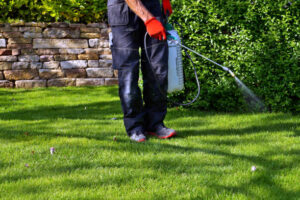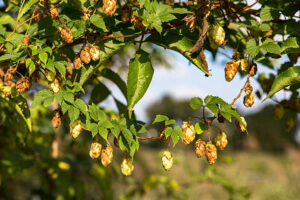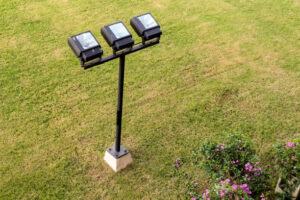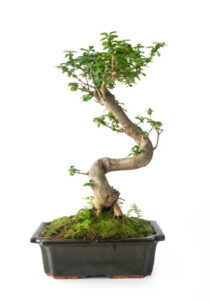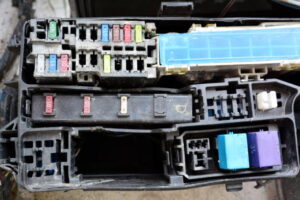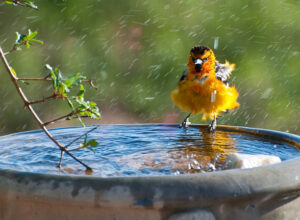Best Hedge Trimmer: Trimming Hedges with Precision
Introduction
Trimming hedges can transform the appearance of your garden, providing clean lines and tidy edges that enhance the overall aesthetic appeal of your outdoor space. To achieve precision and efficiency in hedge maintenance, investing in the best hedge trimmer is essential. In this comprehensive guide, we will explore the various types of hedge trimmers, important features to consider, maintenance tips, and safety precautions to ensure you get the perfect tool for your hedge trimming needs.
Understanding Hedge Trimmers
Hedge trimmers come in different types, each suited for specific tasks and preferences. Electric hedge trimmers are popular for their ease of use and relatively low noise levels compared to gas-powered models. Corded electric trimmers offer continuous power but are limited by the length of the cord, while cordless battery-powered trimmers provide more freedom of movement but may have limited run time. Gas-powered hedge trimmers offer more power and are ideal for larger properties, but they tend to be heavier and require more maintenance.

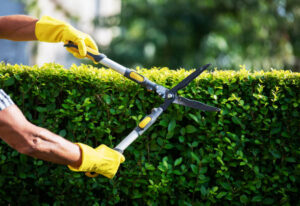
Key Features to Consider
When choosing the best hedge trimmer, several key features should be taken into account. Blade length determines the width of the hedge you can trim in a single pass, with longer blades being suitable for larger hedges. Blade material affects cutting performance and durability, with hardened steel or titanium-coated blades being preferable. Cutting capacity indicates the maximum thickness of branches the trimmer can handle, important for tackling overgrown hedges. Additionally, consider the weight, handle design, and safety features such as blade guards and dual-switch mechanisms.
Maintenance and Care
Proper maintenance is crucial to keep your hedge trimmer performing optimally and prolong its lifespan. Regularly inspect the blades for damage or dullness and sharpen them as needed using a sharpening stone or file. Clean the blades after each use to remove sap, debris, and moisture, which can cause rust and corrosion. Lubricate the blades and moving parts with a suitable lubricant to prevent friction and ensure smooth operation. Store the trimmer in a dry and secure location when not in use to protect it from the elements and potential damage.
Here are some additional tips to ensure your hedge trimmer remains in top condition:
Inspect and Tighten Fasteners: Regularly check all screws, bolts, and nuts on your hedge trimmer to ensure they are securely fastened. Vibrations from use can cause these fasteners to loosen over time, potentially leading to poor performance or even safety hazards. Use a screwdriver or wrench to tighten any loose fasteners as needed.
Check Fuel and Oil Levels: If your hedge trimmer is powered by a gas engine, regularly check the fuel and oil levels to ensure smooth operation. Running the trimmer with insufficient fuel or oil can cause damage to the engine and reduce its lifespan. Follow the manufacturer’s recommendations for fuel and oil types and refill as needed.
Inspect Air Filter: For gas-powered hedge trimmers, inspect the air filter regularly and clean or replace it as necessary. A dirty or clogged air filter can restrict airflow to the engine, leading to poor performance and increased fuel consumption. Clean the air filter with soap and water or replace it with a new one according to the manufacturer’s instructions.
Adjust Blade Tension: Check the tension of the blades on your hedge trimmer periodically and adjust as needed. Loose or misaligned blades can result in uneven cuts and strain on the motor. Refer to the trimmer’s manual for instructions on adjusting blade tension, and ensure that the blades are properly aligned and tightened to prevent accidents or damage.
Inspect Spark Plug: For gas-powered hedge trimmers, inspect the spark plug regularly and clean or replace it if necessary. A fouled or worn spark plug can cause starting problems and poor engine performance. Remove the spark plug and inspect the electrodes for wear or fouling, and replace it with a new one if needed.
Clean Cooling Fins: If your hedge trimmer has air-cooled fins, inspect them regularly and clean away any dirt, debris, or grass clippings that may accumulate. Blocked cooling fins can impede airflow and cause the engine to overheat, leading to reduced performance and potential damage. Use a brush or compressed air to remove any debris from the cooling fins carefully.
Inspect Cables and Controls: Check the condition of the cables and controls on your hedge trimmer to ensure they are in good working order. Damaged or frayed cables can pose a safety hazard and may require replacement. Inspect the throttle trigger, safety switch, and other controls for smooth operation and proper function.
Store Properly: When your hedge trimmer is not in use, store it in a dry and secure location to protect it from the elements and potential damage. Avoid leaving the trimmer outdoors where it is exposed to rain, moisture, or extreme temperatures, as this can lead to rust, corrosion, and deterioration of the components. Store the trimmer in a clean and dry area, ideally in a protective case or shed, to prolong its lifespan and maintain its performance.
By following these maintenance tips and regularly caring for your hedge trimmer, you can ensure that it remains in optimal condition and continues to deliver reliable performance for years to come. Proper maintenance not only extends the lifespan of your hedge trimmer but also helps to ensure safe and effective operation, allowing you to tackle your landscaping tasks with confidence and ease.
Safety Precautions
When operating a hedge trimmer, it is essential to prioritize safety to prevent accidents and injuries. Wear appropriate protective gear, including safety glasses, gloves, and sturdy footwear, to shield yourself from debris and sharp blades. Avoid wearing loose clothing that could get caught in the trimmer, and tie back long hair to prevent entanglement. Always hold the trimmer with both hands and maintain a stable footing to maintain control and balance. Never operate the trimmer in wet or slippery conditions, and be mindful of nearby obstacles and power lines.
Conclusion
Investing in the best hedge trimmer can significantly simplify the task of hedge maintenance, allowing you to achieve precise and professional-looking results with ease. By considering factors such as trimmer type, blade length, and maintenance requirements, you can select the perfect tool to suit your specific needs and preferences. Remember to prioritize safety at all times and follow manufacturer instructions for proper operation and maintenance. With the right hedge trimmer by your side, keeping your hedges neat and tidy will become a breeze, enhancing the beauty of your outdoor space for years to come.









